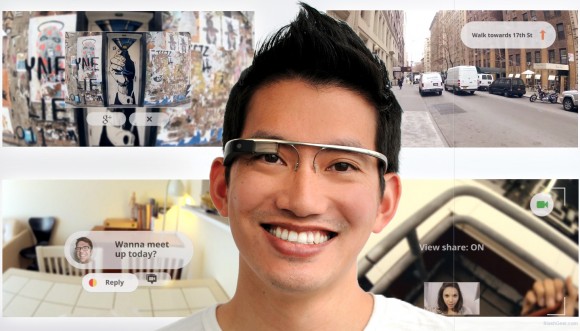The Future of Digital (according to Google)
1 Mar, 13 | by BMJ
Richard Robinson, Director at Google, kicked off this year’s Technology for Marketing and Advertising event with a keynote presentation on the ‘Future of Digital’.
He reeled off some impressive statistics relating to three main areas of development:
Pace
- There are currently 2.4 billion users of the Internet worldwide. This figure was 1.8 billion 18 months ago and is expected to reach 5 billion by the end of the decade. He described this growth as the ‘democratisation of technology’.
- 60% of users in a survey of 30,000 had made an online purchase in the past month. This behaviour is significantly different from 5 years ago, when the Internet was used more for information gathering and entertainment.
- It took 78 years for the phone to reach 150m users, 14 years for mobiles, 8 years for the Internet and just 4 for the iPhone.
- Computing power doubles every 18 months – Moore’s law.
Connectivity
- If a website takes 3 seconds to load, 50% of visitors will leave. 70% of users who had a bad experience when buying from your website will not go back. Customers are demanding greater levels of service.
- For every 10% penetration of high speed broadband, GDP increases by 1%.
- 1.1 billion people have 3G on mobile, which represents global growth of 37% year-on-year. Smartphone penetration is expected to hit 75% this year. In 2011, this was just 45%. Only 0.4% of users have 4G connection but this drives 14% of Internet activity. PC World sells 1 tablet every 4 seconds.
- Transcending the boundaries of a device – automobiles are now Internet connected – the number is expected to reach 40 million by 2016.
- Internet speed is actually inhibiting innovation. Google is experimenting with fibre access by running fibre across Kansas – speeds are reaching 1GB per second.
Human
Another key trend Robinson pointed to was the Web becoming more personal. According to a recent report, 50% of people would prefer to receive more personalised advertising. He played a video of facial recognition in digital advertising in Japan. The system identifies the gender and age of those walking past and serves up relevant ads to those individuals. It then records engagement (e.g. how long you look at the ad) and learns from this for future use. See a video clip below of a very similar scene from Minority Report:
So, what’s next?
Google Glass, of course. For those that haven’t seen the buzz around ‘Project Glass’, it’s Google’s attempt to make wearable computing mainstream and is effectively a smart pair of glasses with an integrated heads-up display and battery hidden inside the frame.
The frames are connected by Bluetooth to an iPhone or Android phone and enable wearers to activate technology with eye and hand motions. They can read a text message, take a photo or get directions in front of their eyes without having to look down or touch a smartphone. It can translate what a person is saying into a number of languages, share what a person is seeing with their friends, and use voice commands to look up information.
While wearing these glasses, users will receive a stream of information about the world around them. Journalists have already started speculating on the effect this will have on our media consumption:
To me, in the extremely attention-limited environment of augmented reality, you need a new kind of media. You probably need a new noun to describe the writing. Newspapers have stories. Blogs have posts. Facebook has updates. And AR apps have X. You need people who train and get better at and have the time to create perfect digital annotations in the physical world. Fascinatingly, such a scenario would require the kind of local knowledge newspaper reporters used to accumulate, and pair it with the unerring sense of raw interestingness that the best short-form magazine writers, bloggers, tweeters, and Finderyers cultivate.
Watch the video below to see Google Glass from a user perspective:
http://www.youtube.com/watch?feature=player_embedded&v=9c6W4CCU9M4
